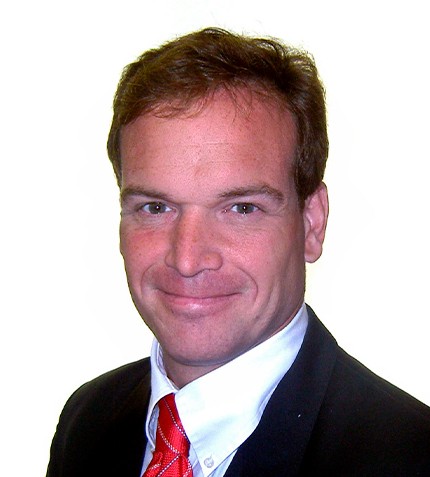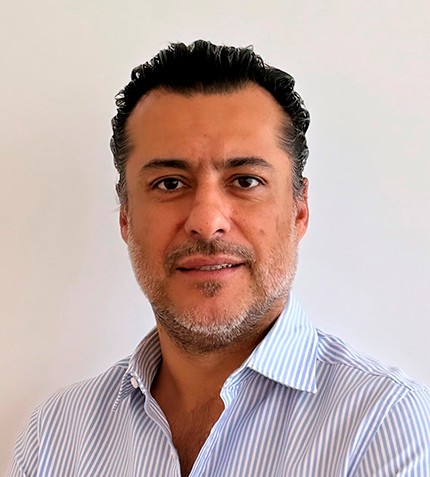
"In today's mining landscape, conveyor belts incorporate advanced technologies such as antennas, sensors, and software to detect internal damages, facilitating scheduled replacements and avoiding unexpected downtimes."
Roxana Burgos
GENERAL MANAGER, MOVITECNICA
Can you give an overview of Movitecnica’s main investments of 2023?
In 2023, we allocated US$4.5 million for strategic investments, especially in our new 7,500m2 plant and machinery. We acquired belt conveyor rollers and splicing machines to offer splicing services in the southern region of the country and in Chile, up to 120" wide. Additionally, this year we acquired the adjacent land to our 5,000 m2 plant. While Movitecnica had a strong presence in cranes in the south, our focus on belts was primarily in the central-northern part of Peru. To address this, we strategically invested in specific machinery, allowing us to offer competitive prices and strengthen our presence in the south. In Arequipa, we established a 2,500 m2 branch, serving as a focal point to efficiently address the needs and services of our customers in the region.
Regarding sales, these experienced an increase of 8%, driven by the success of new business lines such as commercial and residential elevators, shovel cables, tower cranes, and Liebherr brand truck cranes.
Can you provide insights into Movitecnica's strategy to tap into new regional markets?
In Chile, we have entered with the conveyor belt business unit, and it has been a success due to the scarcity of labor and conveyor belt services. In Colombia, unlike Chile, we have entered directly, which has proved to be more challenging in achieving our objectives. However, we believe we have a differentiating offer that helps us gain customers' trust. For this reason, as a strategy, we have defined that the entry into any country will be through acquiring a company to shorten the learning curve. For 2025, we will focus on growing the markets in Colombia and Chile with this new business unit and in Peru due to the level of investments made.
What are key factors contributing to your market share growth in the conveyor belt segment?
As Movitecnica, we have a presence in most mining units, including large-scale and medium-scale mining operations. The conveyor belt business units represent 35% of our business, and we represent top-tier brands such as Fenner-Dunlop and, more recently, Yokohama. There are two main types of conveyor belts: fabric belts and steel cord belts. The latter requires substantial specialization and more expensive splicing services. We are already providing successful splicing services for steel cord conveyor belts due to the hiring of specialized personnel and the acquisition of equipment.
What factors contribute to selecting the correct conveyor belt type, and how is technology improving this asset?
The choice between fabric belts and steel cord belts depends on the type of material being transported and the transportation distance. For example, steel cord belts are preferred for their greater strength and durability, particularly for longer distances, while fabric belts are suitable for shorter distances. However, the selection process involves considerations beyond just the material being transported.
In today's mining landscape, conveyor belts incorporate advanced technologies such as antennas, sensors, and software to detect internal damages, facilitating scheduled replacements and avoiding unexpected downtimes.
In what ways do current social issues in Peru act as obstacles to investment and affect Movitecnica’s business?
Despite the current favorable metal prices, the lack of progress in stalled projects highlights a missed opportunity for Peru. The evident slowdown in investments in 2023 resulted in unmet goals for Movitecnica—not due to a lack of opportunities but because numerous clients paused their projects. It is crucial to recognize that the country has significant growth potential, but current social issues act as obstacles that deter investments.
The persistent unemployment rate and the failure to achieve pre-pandemic economic levels indicate an urgent need to revitalize projects and reactivate the government. The absence of new projects and governmental paralysis have contributed to this stagnation. If we compare Chile with Peru, the former has long-term plans for the mining industry, independent of changes in the government. This underscores the importance of adopting long-term growth strategies in Peru.
What are Movitecnica’s goals for 2024?
In 2024, we aim to achieve a 15% growth compared to 2023, thanks to new segments such as commercial elevators and shovel cables. We aspire to participate in large-scale projects, especially in cranes and conveyor belts. Beyond sales growth, our goal is to expand our presence in Chile and Colombia, building on the solid track record established and the successful history of Movitecnica in Peru.
We have a solid financial position and prioritize safety, which has solidified our presence in various mining units. Furthermore, we are committed to promoting gender inclusion and developing educational platforms for technician training, for example, through a partnership with the Institute of the Armed Forces.










